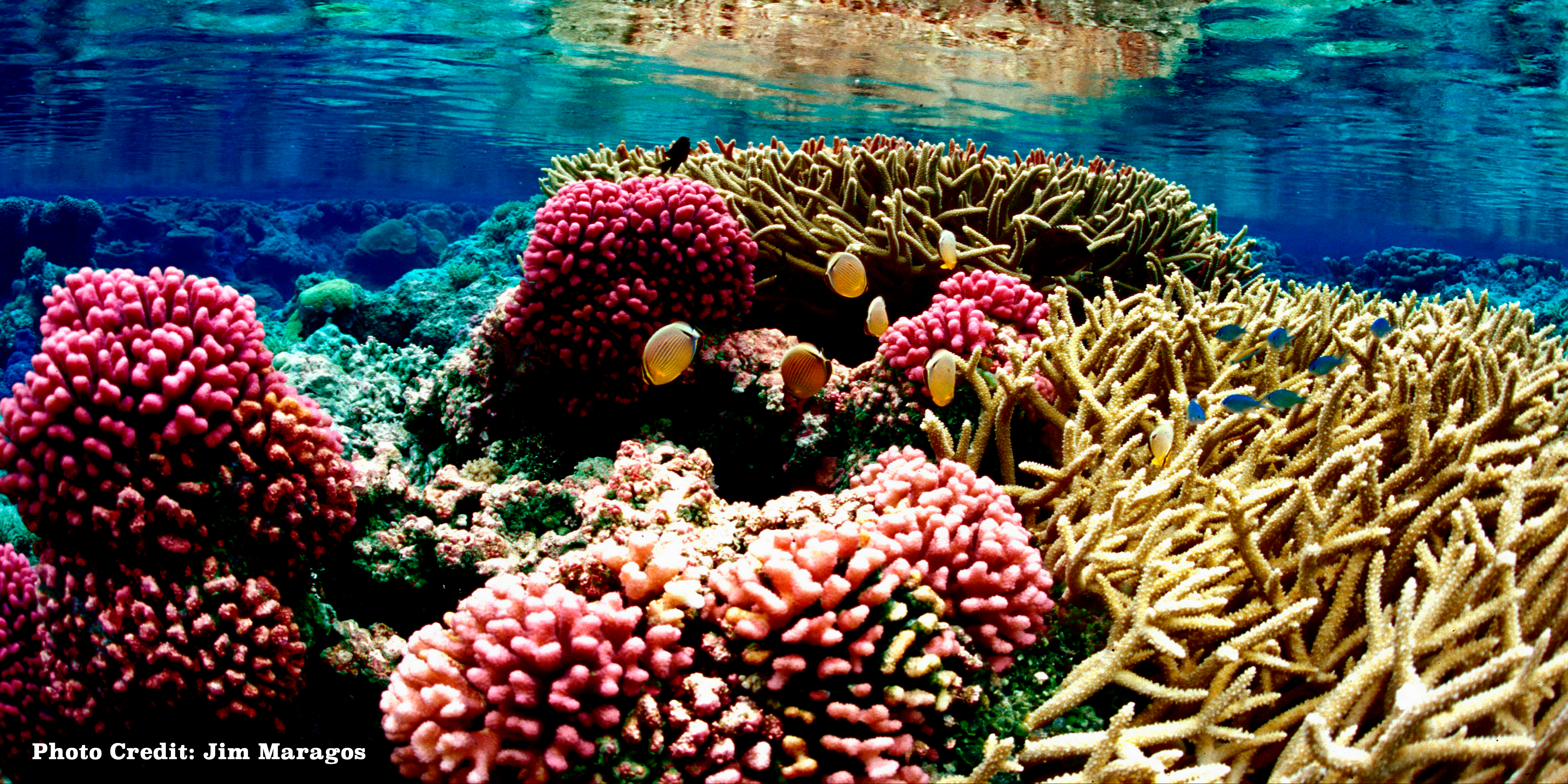June is National Ocean Month, a time when we take stock of the world’s oceans, marine life, and coasts. This year as we celebrate in America, there is a special urgency to our discussion about the state of our oceans, as the Trump Administration and its Departments of the Interior and Commerce are threatening to harm our oceans on several fronts.

After removing protections from two national monuments in Utah, the Administration is currently considering plans to eliminate nearly half of all highly protected areas in America’s oceans – the largest-ever rollback of ocean protections in U.S. history. Interior Secretary Ryan Zinke has recommended shrinking boundaries and allowing commercial extraction in three marine national monuments: the Pacific Remote Islands, Rose Atoll, and Northeast Canyons and Seamounts Marine Monuments, essentially stripping protection from these rich and vulnerable biodiverse areas. You can learn more about these unique and valuable marine national monuments at: https://monumentsforall.org/whats-at-stake
Removing protections and allowing industry to fish, drill, and mine within our ocean monument boundaries would cause irreparable damage to these special places. America’s marine monuments contain rich, unique and vital ocean habitats that support marine wildlife and fuel scientific discovery. They are home to rare and at-risk species, from whales, sea turtles, and seabirds to deep-sea corals. Marine monuments restrict or prohibit extractive activities – like mining, drilling, and commercial fishing – to protect these areas and the animals that inhabit them. Like their land-based counterparts, marine monuments remain accessible to the public for purposes such as recreation and scientific research.
Protecting marine areas helps ensure that future generations will benefit from them. Scientists have documented that providing sanctuary for animals to shelter, feed and breed helps them withstand other stresses and recover more rapidly after disturbances. In addition, when a protected area yields an increase in the number or size of a species, there is a “spillover” effect in which benefits accrue to the surrounding ecology, as well as commercial and recreational fisheries outside the protected area. Marine national monuments also serve as living laboratories for scientific exploration and discovery by retaining their integrity and keeping these vibrant, high-functioning ecosystems intact. In recent years, for instance, deep-sea sponges have been recognized as a source for a promising treatment for pancreatic cancer, and scientific explorations to marine national monuments routinely turn up new species.
As Americans, our public lands and waters are part of our identity; they help define who we are as a nation. The widespread diversity of historic, cultural, and natural treasures that have been federally protected has brought diverse stakeholders together in the effort to protect them: sportsmen, cultural heritage organizations, evangelicals, conservation, recreation businesses, historic preservation, and many others.
That’s why we are working to ensure that these historic areas are protected for generations to come. Join us by taking action at: https://monumentsforall.org/action.
